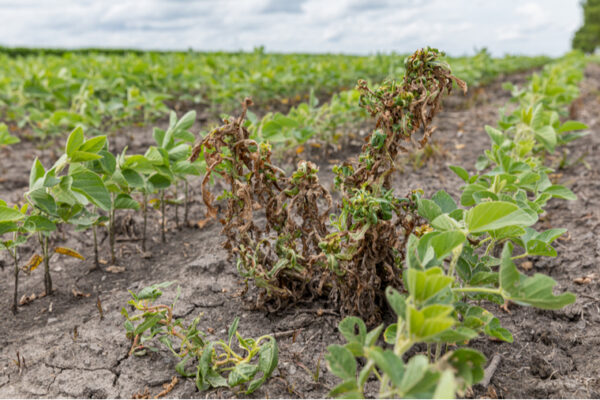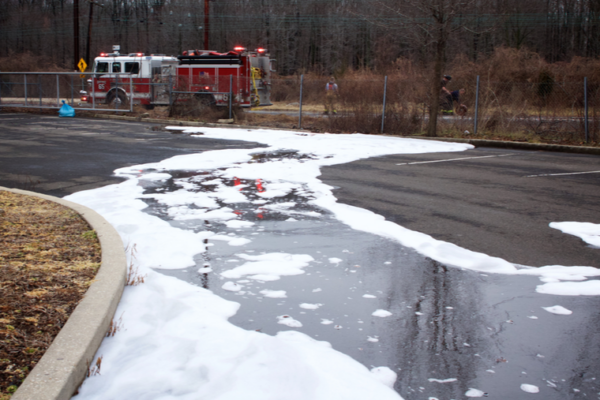While the popular herbicide dicamba is excellent at protecting crops from weeds, it can damage plants that can’t tolerate it. Despite efforts to apply the chemical as precisely as possible, there’s a risk that it may migrate to neighboring crops through the atmosphere.
The primary method of limiting the spread of dicamba is by mixing it with other chemicals, typically amines, that can “lock” the dicamba in place and prevent it from volatizing and becoming a gas.

Kimberly Parker, assistant professor of energy, environmental and chemical engineering at the McKelvey School of Engineering at Washington University in St. Louis, has received a five-year $250,000 grant from the Herman Frasch Foundation for Chemical Research to investigate the chemical processes involved in these mixtures and identify the most effective ones.
“We’re trying to understand how amines work to control dicamba volatilization,” Parker said. “Other chemicals, like different herbicides, are also included in the mixtures. We need to understand how these chemicals interact to contribute to the dicamba volatilization.”
Parker also plans to study how different sources of water can affect the volatilization of dicamba.
Read more on the engineering website.


